Introduction
The culinary world is a vast and ever-evolving landscape, where traditional recipes blend with modern innovations to create dishes that tantalize the taste buds and satisfy the soul. Among the myriad of delightful delicacies, dumplings stand out as a timeless favorite, enjoyed across various cultures and cuisines. Whether savory or sweet, stuffed with meat, vegetables, or a combination of both, dumplings encapsulate the essence of comfort food in a bite-sized package. One such popular filling is shiitake mushrooms, known for their earthy flavor, rich aroma, and numerous health benefits. However, the question arises: should shiitake mushrooms be blanched before using them as filling for dumplings? This article delves into the intricacies of preparing shiitake mushrooms for dumpling fillings, exploring the pros and cons of blanching, as well as alternative methods to ensure a delicious and satisfying final product.
Understanding Shiitake Mushrooms
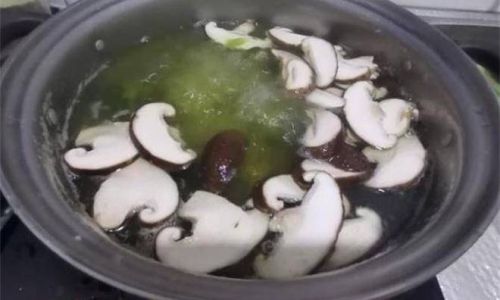
Before diving into the blanching debate, it’s crucial to understand the unique properties of shiitake mushrooms. Native to East Asia, shiitake mushrooms (Lentinus edodes) are renowned for their umami-rich flavor, which adds depth and complexity to dishes. They are also prized for their nutritional profile, boasting antioxidants, vitamins, minerals, and potential health benefits such as immune system support and cholesterol reduction. Shiitake mushrooms have a firm texture when fresh and can become quite chewy if not prepared properly. This characteristic is particularly important when considering their use in dumplings, where a tender, flavorful filling is desired.
The Blanching Process
Blanching is a cooking technique commonly used to partially cook vegetables, fruits, or mushrooms rapidly in boiling water or steam, followed by an immediate plunge into ice water to halt the cooking process. This method serves several purposes:
- Texture Modification: Blanching can soften the texture of vegetables and mushrooms, making them more tender and easier to digest.
- Color Preservation: By halting the enzymatic reactions that cause browning, blanching helps retain the vibrant colors of produce.
- Flavor Enhancement: The rapid heating and cooling can intensify the natural flavors of the ingredients.
- Reduction of Bacteria: Blanching reduces the microbial load on the surface of the food, improving food safety.
When it comes to shiitake mushrooms, blanching can potentially address the issue of their chewy texture, making them more suitable for dumpling fillings. However, the decision to blanch or not also depends on personal preference, the specific recipe, and the desired outcome.
Arguments for Blanching Shiitake Mushrooms
-
Improved Texture: Blanching shiitake mushrooms can soften their fibers, resulting in a more tender filling that’s easier to bite through and enjoy. This is particularly beneficial if you prefer a smoother, less chewy texture in your dumplings.
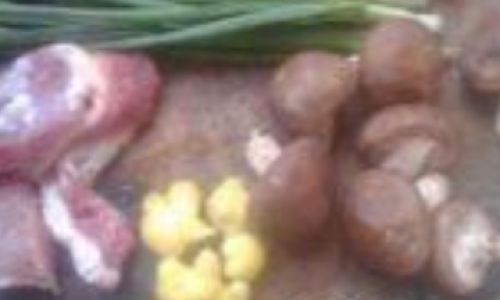
-
Enhanced Flavor Extraction: The rapid heating process can help release more of the mushrooms’ natural juices and flavors, which can then be absorbed by other ingredients in the filling, enhancing the overall taste.
-
Food Safety: By reducing the microbial load, blanching adds an extra layer of safety, especially important if the mushrooms are not organic or have been handled under less-than-ideal conditions.
-
Color Retention: Shiitake mushrooms can darken when cooked, which might not be aesthetically pleasing in a dumpling filling. Blanching can help maintain their natural color, making the final dish more visually appealing.
Arguments Against Blanching Shiitake Mushrooms
-
Loss of Nutrients: While blanching does not significantly reduce the nutritional value of vegetables, some water-soluble vitamins and minerals can leach out into the blanching water, potentially reducing the overall nutrient content of the mushrooms.
-
Flavor Dilution: If the blanching water is not used in the subsequent cooking process, some of the mushrooms’ flavorful compounds may be lost. This can be mitigated by using the blanching water as part of the dumpling broth or sauce, but it adds an extra step.
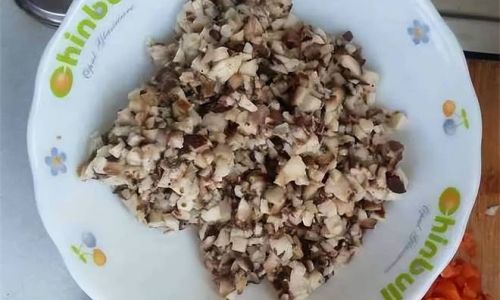
-
Texture Preference: Some people prefer the chewy texture of shiitake mushrooms, finding it adds a satisfying mouthfeel to dumplings. Blanching can make the mushrooms too soft for these individuals.
-
Additional Time and Effort: Blanching requires an extra step in the preparation process, including boiling water, plunging the mushrooms into ice water, and then draining them. This can be inconvenient, especially if you’re short on time.
Alternative Preparation Methods
If you’re unsure whether to blanch your shiitake mushrooms, consider these alternative preparation methods:
-
Sautéing: Sautéing the mushrooms in a small amount of oil or butter until they are tender and slightly browned can add depth of flavor and soften their texture without the need for blanching. This method also allows you to control the cooking process more precisely, adjusting the heat and cooking time to achieve your desired texture and flavor.
-
Marinating: Marinating shiitake mushrooms in a flavorful mixture of soy sauce, rice vinegar, garlic, and ginger can not only tenderize them but also infuse them with additional flavors that will complement the dumpling filling. Let the mushrooms sit in the marinade for at least 30 minutes before using them.

-
Fine Chopping: If you don’t mind a bit of chewiness but want to ensure the mushrooms blend well with other filling ingredients, finely chopping them can help. This makes the mushrooms less noticeable as individual pieces and allows their flavor to distribute more evenly throughout the filling.
-
Microwaving: For a quicker alternative to blanching, you can microwave the shiitake mushrooms on a paper towel for a few seconds until they are slightly softened. This method is faster but may not provide the same texture modification as blanching or sautéing.
Conclusion
The decision to blanch shiitake mushrooms before using them as filling for dumplings is ultimately a matter of personal preference, recipe requirements, and desired texture and flavor outcomes. Blanching can offer numerous benefits, including improved texture, enhanced flavor extraction, food safety, and color retention. However, it also has drawbacks, such as potential nutrient loss, flavor dilution, and the additional time and effort required. Alternatively, sautéing, marinating, fine chopping, or microwaving can provide viable options for preparing shiitake mushrooms without blanching.
Ultimately, the best approach is to experiment with different methods and see which one yields the results that best suit your taste preferences and cooking style. Whether you choose to blanch or not, the key is to ensure that the shiitake mushrooms are properly prepared to complement the other ingredients in your dumpling filling, creating a harmonious and delicious final dish. Happy cooking!

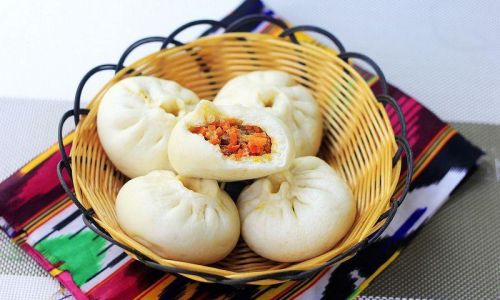
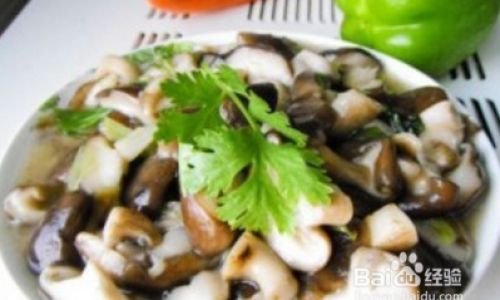
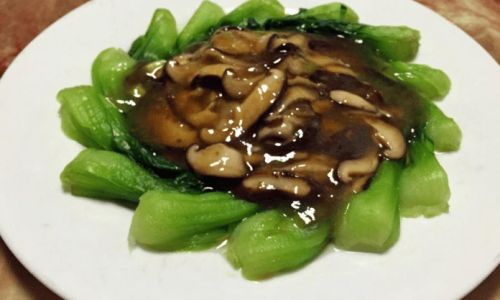
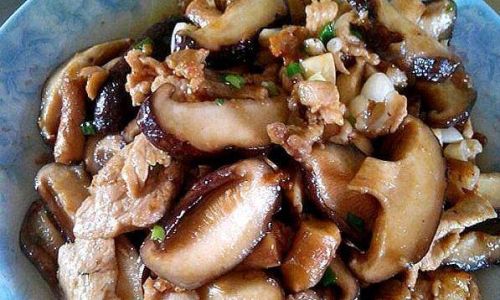
0 comments